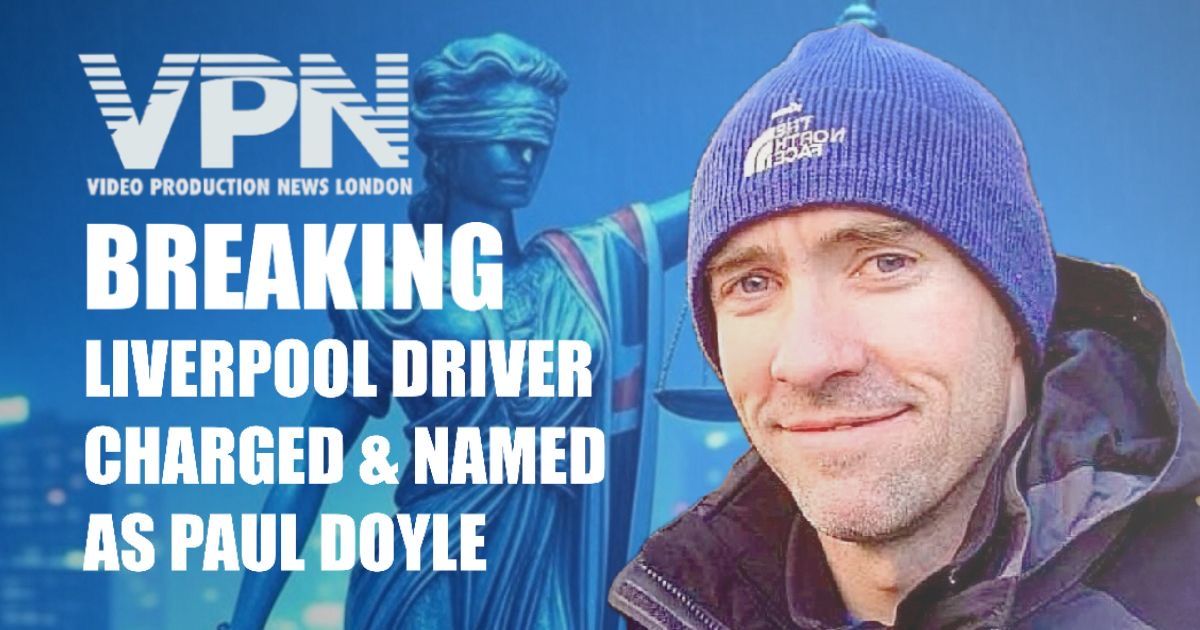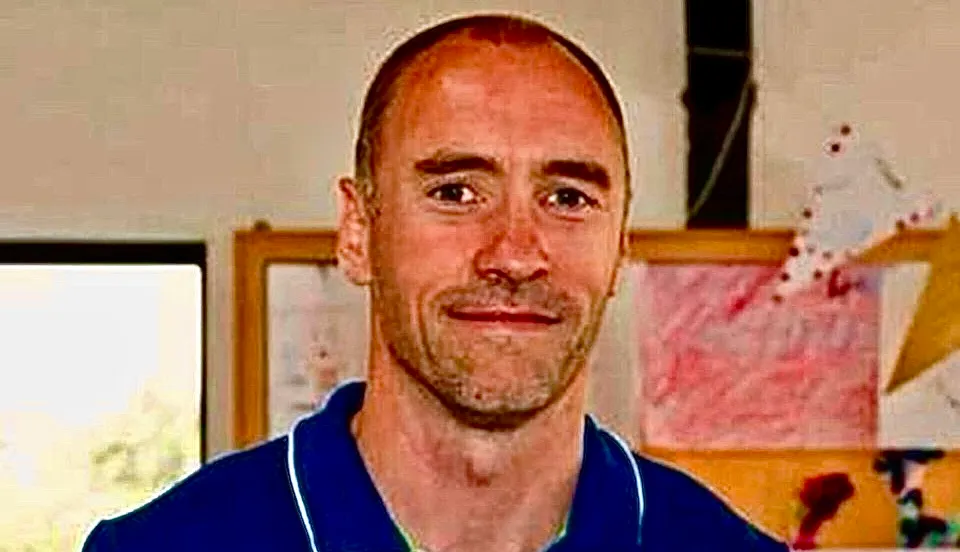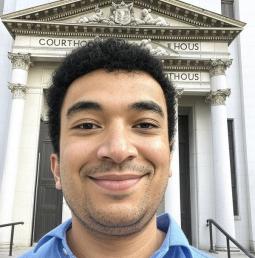Liverpool Parade Crash: Paul Doyle Named and Charged with Seven Serious Offences
Paul Doyle, 53, has been named and charged over the Liverpool parade crash that left 79 injured. He faces seven serious offences, including GBH with intent.
The man arrested following the vehicle incident that injured nearly 80 people during Liverpool’s Premier League victory parade has now been formally charged and named as 53-year-old Paul Doyle.
Doyle, a married father-of-three from West Derby, Merseyside, has been charged with seven serious offences, including:
- One count of dangerous driving
- Two counts of causing grievous bodily harm with intent
- Two counts of wounding with intent to cause grievous bodily harm
- Two counts of attempting to cause grievous bodily harm with intent
He has been remanded in custody and is due to appear at Liverpool Magistrates’ Court on Friday.
The charges follow a major incident on Monday, when a Ford Galaxy people carrier drove into crowds on Water Street, where thousands had gathered to celebrate the city’s football success. A total of 79 people were injured, including children and elderly fans. Police confirmed that seven remain in hospital, though all are in stable condition.
Doyle, who previously served in the Royal Marines, works in cybersecurity and lives with his wife and children in a detached family home in West Derby. He was arrested shortly after the incident, which occurred near the city’s historic waterfront as supporters were leaving the area following the parade.
Merseyside Police said the car had tailgated an ambulance before accelerating into the crowd. Distressing footage widely circulated online shows people being thrown onto the bonnet and several becoming trapped underneath the vehicle.
At a press briefing on Thursday, Assistant Chief Constable Jenny Sims of Merseyside Police said:
“Our thoughts remain with all those injured and affected by this appalling incident. The man arrested has now been charged with seven serious offences. Our detectives continue their work with diligence and professionalism.”
Sarah Hammond, Chief Crown Prosecutor for CPS Mersey-Cheshire, confirmed the case remains under active investigation:
“Prosecutors and police are working quickly to assess a substantial volume of evidence. The charges will be kept under review as the investigation continues. Every victim deserves a thorough and fair process.”
The incident is not being treated as terrorism, authorities confirmed.
The Crown Prosecution Service has reminded the public that criminal proceedings are now active, and that no material should be published or shared online which could prejudice the defendant’s right to a fair trial.
⚖️ Access to the Law: Why Not Attempted Murder?
It’s a common question—why wasn’t he charged with attempted murder? But under English law, prosecutors must prove an intent to kill, not just to injure or scare, to secure a conviction for attempted murder. That’s a high threshold and often difficult to establish beyond reasonable doubt.
It’s also worth noting that there is no such offence as “attempted manslaughter” in English law. If a person acts with extreme recklessness that causes serious harm, but not with intent to kill, the correct charge is usually causing grievous bodily harm (GBH) with intent—a serious offence carrying a maximum sentence of life imprisonment, the same as attempted murder.
Prosecutors often use Section 18 GBH and related offences—like wounding with intent or attempted GBH—because they reflect the severity of the conduct while being more straightforward to prove in court.
This isn’t about who the defendant is or what he looks like. It’s about bringing charges that are most likely to result in a successful conviction and real consequences.




